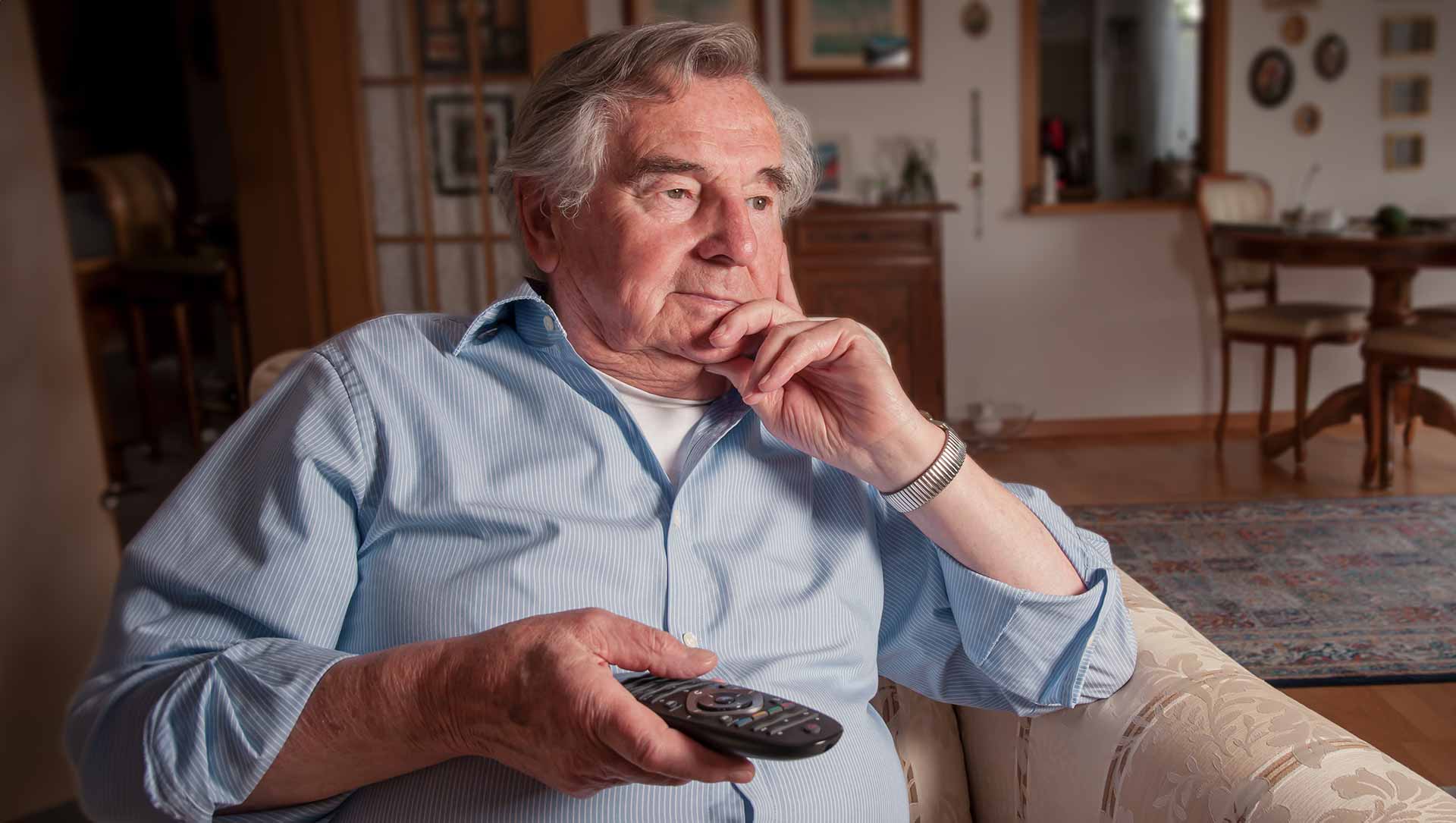I thought you may be interested in the BBC’s response to my complaint…
Reference CAS-7998555-P3T4T5
Dear Mr Miall,
Thank you for contacting the BBC about the recent Panorama – E Bikes: The Battle for our Streets. We are happy to address your concerns, though we don’t agree that the programme was “abysmal sensationalism,” as you claim.
Instead, the film explored the growing use of e-bikes on Britain’s roads and legitimate concerns about whether or not the UK’s towns and cities have adapted sufficiently. It was not an attack on the e bike industry and we are confident it was factually accurate. Throughout the programme, contributors outlined both positive and negative aspects of e bikes. Viewers will have heard that e bikes (in their various forms) are beneficial for the environment, convenient for users and often fun to ride.
We felt it was important to look at illegal e-bikes due to a growing concerns from councils, police forces and citizens about "e-bikes" of every form, not only EAPCs.
We also believe that our interviewees were appropriate and well informed.
The programme’s description of the laws governing e-bikes was sufficiently comprehensive, though it did not cover all of the circumstances you have outlined in your email.
The government guidelines state that EAPCs "must have a maximum power output of 250 watts” and bikes should be labelled as such. This means that the continuous rated power should be no more than 250 watts. While there are circumstances when an e-bike’s power output might briefly exceed the 250 watt rate in a surge, that’s not what the law is designed to stop. Therefore we feel the commentary in the programme was accurate.
The programme accurately described how a throttle can be used. The commentary stated that the "motor should only work while you’re pedalling, not by pressing a button.” As you state, the UK law allows for "walk assistance" for up to 6 km/h with the spirit of the law meant to help people push a heavier bike when walking, not riding the bike.
Cycling UK is one of the biggest cycling organisations in the country. Its guidance says that an “e bike’s pedals must be in motion for motor assistance to be provided.”
While it is possible to get an e-bike reclassified as an e-moped (and then have a throttle that can provide assistance greater than 6 kph), this requires an application to the DVSA and potential mechanical changes to the vehicle.
The police and councils we spoke to while making this programme say this is rare and does not represent the broad experience of the authorities in the UK’s towns and cities. The bikes that our research uncovered being offered on the ‘Cycle To Work’ scheme had no such reclassification.
You say that your business has sold of “100s” of e bikes which have then been re-classified but our research has uncovered that in many places across the country police and councils feel overwhelmed by illegal e-bikes which have no such classification.
Thank you for offering to take part in a future programme. We will consider this proposal, if we return to this subject.
We hope this addresses your concerns.
All the best, David











![20250112_173131[1].jpg](/forum/data/attachments/59/59640-4dde748df04b8496f9b6649641a124fb.jpg)







